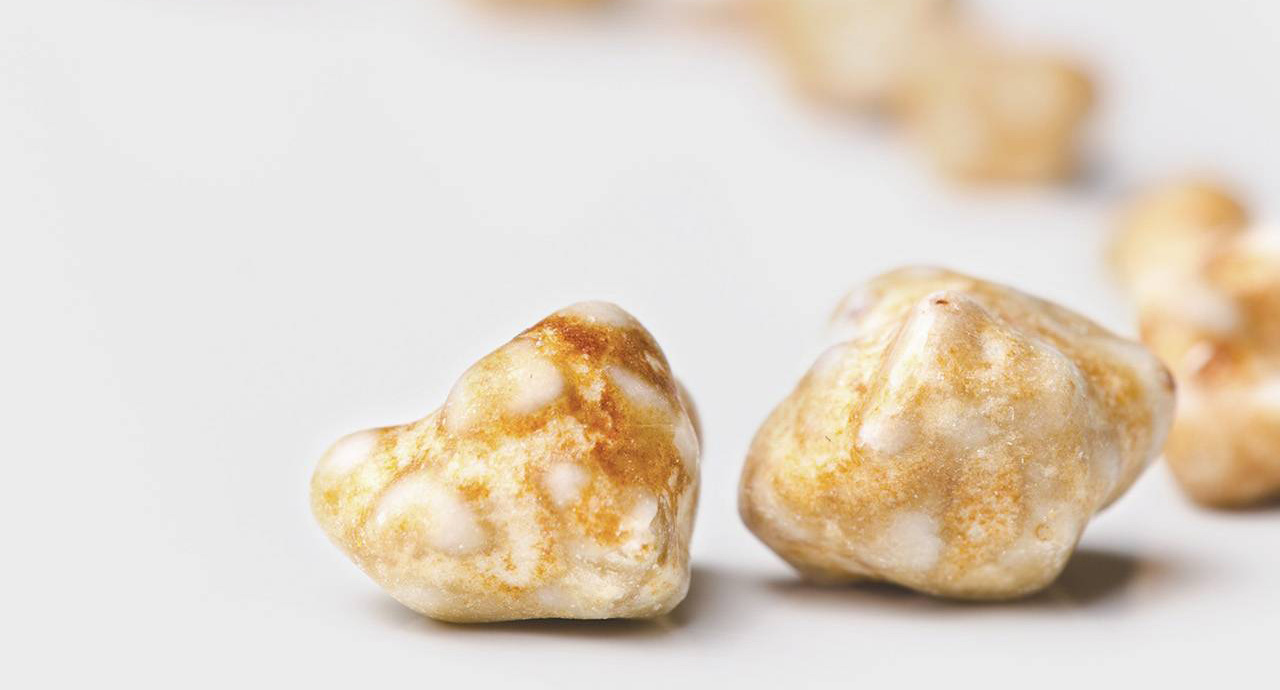[et_pb_section bb_built=”1″][et_pb_row][et_pb_column type=”4_4″][et_pb_text _builder_version=”3.13.1″]
The varicocele consists of the dilation of the veins that drain the blood from the testicles, produced by a reflux or descent of the blood from the renal vein to the testicle.
It is a very frequent, chronic and progressive disease, which affects mostly adolescents. It can produce testicular pain or even infertility, so it is necessary to diagnose it early. On many occasions the varicocele does not show symptoms, so many cases are detected during a routine physical examination by chance. Other times they can produce symptoms such as pain in the testicles (especially on the left side) or sensation of mass or weight in the scrotal area. The pain is more intense when the patient is standing, and is relieved when lying down.
The different types of varicocele can be classified as follows:
Grade 0 (subclinical): not palpable or visible at rest or during the Valsalva maneuver (which consists of increasing the abdominal pressure, for example, indicating the patient to cough), although demonstrable by special tests (Doppler ultrasound).
Grade 1: palpable during the Valsalva maneuver, but not otherwise.
Grade 2: palpable at rest, but not visible.
Grade 3: visible and palpable at rest.
No specific cause is known to produce varicocele formation, so that it is currently considered a multifactorial disease, that is, produced by the sum of different factors. The peculiar anatomy of the testicular vascularization, the greater pressure of the blood in the left side, the increase of blood flow to the testes during puberty, or the overexpression of proteins such as Bcl-2, are considered possible causes of this disease.
Always take care of your health with a unique and efficient service. Visit Pharmamedic.
[/et_pb_text][/et_pb_column][/et_pb_row][/et_pb_section]






